A lot of important settings lie in the BIOS of your Windows. Therefore, the need to access BIOS arises from time to time. Figuring out how to get into the BIOS of Windows 11 isn’t a difficult task either. You can try to reach your destination, AKA Windows 11 BIOS, in multiple ways.
Key Takeaways
- Windows 11 BIOS has many settings that can only be accessed through the BIOS itself.
- You can get into the BIOS of Windows 11 using the Shift + Power key method, command prompt, Windows Settings, Windows Run, or by creating a shortcut.
- In case you can’t use Command Prompt, Use Powershell or Terminal.
How To Get Into BIOS In Windows 11?
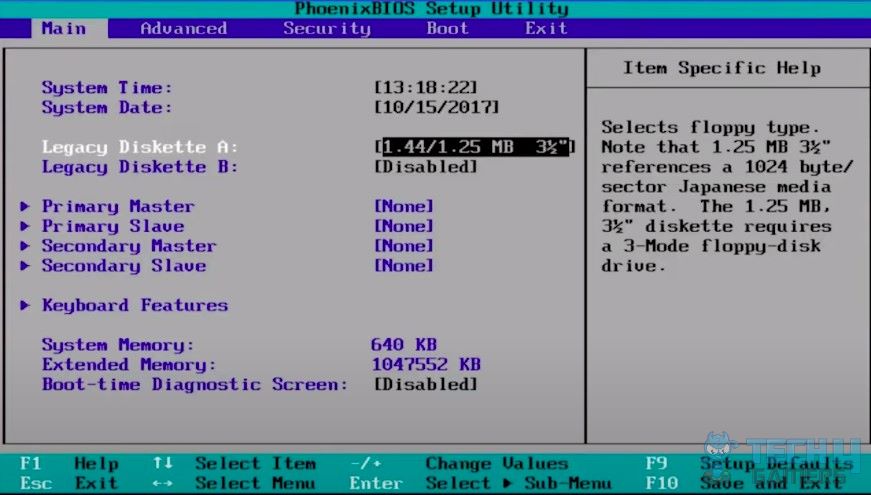
You can opt for several ways to get into BIOS in Windows 11, which include:
- During The Boot Process
- Using Shift+Power Key
- Via Windows Settings
- Via Command Prompt
- Via Windows Run
- By Creating A Shortcut
During The Boot Process
This is the most common way to enter BIOS. It requires users to press a certain key during the boot process of their PC. The key that needs to be pressed during the boot process varies with the motherboard manufacturer of your PC.
Here is how you can enter BIOS in Windows 11 during the boot process:
- Shut your PC down and start it, or give your PC a restart.
- As soon as the boot process starts, click F2 or Del key. (You can also try clicking F1, F9, F10, or Esc)
- Pressing the right key will lead you to your BIOS.
Also Read: How To Reset BIOS Settings [All Methods]
Using Shift+Power Key
This is another effective method that can be used to enter the BIOS.
Here’s how you can enter BIOS using the Shift+Power key:
- Power on your PC.
- As soon as you reach the lock screen, press ‘Shift.’ (Continue pressing the key)
- While pressing the shift key, navigate to the power option below.
- Click on the ‘Power’ option.
- Select the ‘Restart‘ option from the two.

Click on restart while pressing the Shift key. Image credits: (Tech4Gamers) - You will be led to the Advanced Startup.
- Proceed to click on the ‘Troubleshoot’ tab.

Click on ‘Troubleshoot.’ Image credits: (Tech4Gamers) - Now choose the ‘Advanced Options’ tab.

Click ‘Advanced Options.’ Image credits: (Tech4Gamers) - Proceed to click on ‘UEFI Firmware Settings.‘

Click on ‘UEFI Firmware settings.’ Image credits: (Tech4Gamers) - Lastly, click on ‘Restart.’

Click on ‘Restart.’ Image credits: (Tech4Gamers)
Also Read: SOLVED: How To Reset BIOS Without Display
Via Windows Settings
This is another way that can lead you to the BIOS settings through the Windows settings.
Here’s how you can enter BIOS via Windows Settings:
- Open up the Windows Settings app.
- Click on the ‘System’ tab.
- Navigate the cursor and click on ‘Recovery.’

Click on ‘Recovery.’ Image credits: (Tech4Gamers) - Now, click on the ‘Restart’ tab.

Click on ‘Restart.’ Image credits: (Tech4Gamers) - You will be led to the Advanced Startup.
- Proceed to click on the ‘Troubleshoot’ tab.
- Now choose the ‘Advanced Options’ tab.
- Proceed to click on ‘UEFI Firmware Settings.’
- Lastly, click on ‘Restart.’
Via Command Prompt
You can also enter a command in the Command Prompt that will lead you to the BIOS settings. The same command can be used in similar applications like Powershell or Terminal. Therefore, You must follow the same steps as you’ll follow for Command Prompt.
Here’s how you can enter BIOS using Command Prompt:
- Open the Command Prompt application.
- Type in the following command:
shutdown /r /o

Enter the command. Image credits: (Tech4Gamers) - Click the Enter key.
- You will be led to the Advanced Startup.
- Proceed to click on the ‘Troubleshoot’ tab.
- Now choose the ‘Advanced Options’ tab.
- Proceed to click on ‘UEFI Firmware Settings.’
- Lastly, click on ‘Restart.’
Via Windows Run
Windows run box also needs a command to lead you to the BIOS settings. The steps are pretty simple.
Here’s how you can enter BIOS settings via Windows Run.
- Firstly, press the Windows key + R.
- After the run box window opens, type in the following command:
shutdown /r /o

Click ‘OK’ after entering the command. Image credits: (Tech4Gamers) - Click on the ‘OK’ tab.
- You will be led to the Advanced Startup.
- Proceed to click on the ‘Troubleshoot’ tab.
- Now choose the ‘Advanced Options’ tab.
- Proceed to click on ‘UEFI Firmware Settings.’
- Lastly, click on ‘Restart.’
Also Read: Windows 11: Computer Won’t Wake Up From Sleep
By Creating A Shortcut
This is another way to lead you to your Windows 11 BIOS settings. Moreover, this can be used later to access your BIOS settings quickly. All you will have to do is create a shortcut.
Here’s how you can enter BIOS by creating a shortcut:
- Firstly, head to the desktop screen on Windows 11.
- Right-click your pointer/mouse.
- Click on ‘New’ from the drop-down list.
- Click on ‘Shortcut‘ from the provided options.
- You will end up with the shortcut window.
- Proceed to enter the following command in the provided space under ‘Type the location of the item:’
shutdown /r /o /f /t 00

Create shortcut. Image credits: (Tech4Gamers) - Clicking on ‘Next’ will create the shortcut.
- After you have created the shortcut, double-click on it.
- You will be led to the Advanced Startup.
- Proceed to click on the ‘Troubleshoot’ tab.
- Now choose the ‘Advanced Options’ tab.
- Proceed to click on ‘UEFI Firmware Settings.’
- Lastly, click on ‘Restart.’
Frequently Asked Questions
Yes, you can enter the BIOS within the operating system of Windows 11. All you have to do is open Windows Settings>System>Recovery>Restart>Troubleshoot>Advanced Options> UEFI Firmware Settings>Restart.
The key that needs to be pressed to access BIOS during the boot process differs for every motherboard manufacturer. You can try pressing the keys F1, F2, F9, F10, Del, or Esc.
Sometimes, you cannot access BIOS using the same method. Therefore, you may have to try a different method if you cannot access the BIOS settings using the method you used on the previous PC.
Thank you! Please share your positive feedback. 🔋
How could we improve this post? Please Help us. 😔
[How To Guides Specialist]
Dayan Shahid is a skilled mechanical engineer passionate about technology. With certifications in various programming languages and subjects ranging from microcontrollers to aerial robotics, Dayan can effortlessly present complex technical topics in an engaging way. His ability to bridge the gap between theory and practical applications sets him apart as he continues to inspire others through their insightful content.


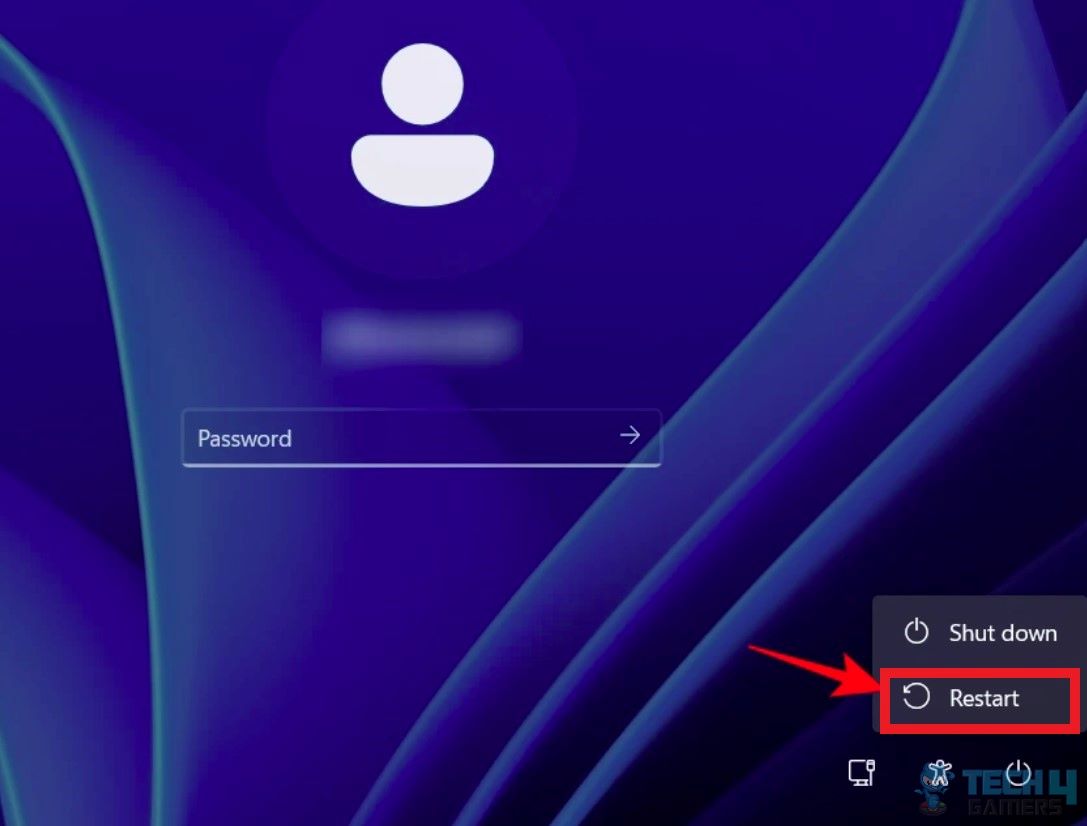
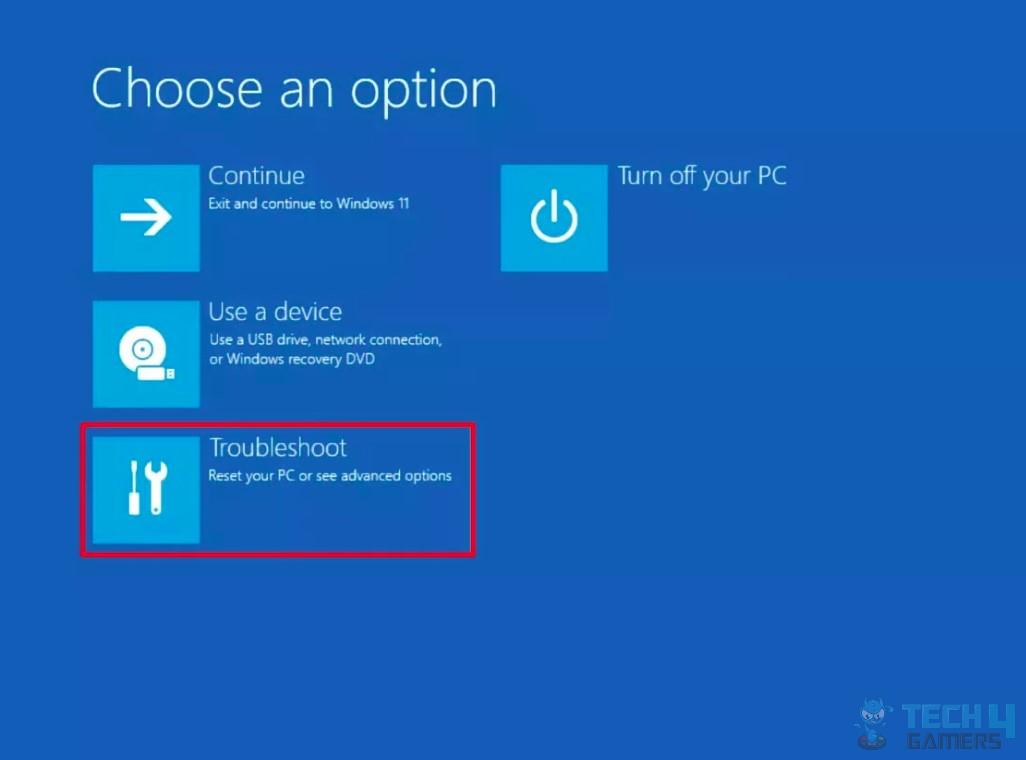
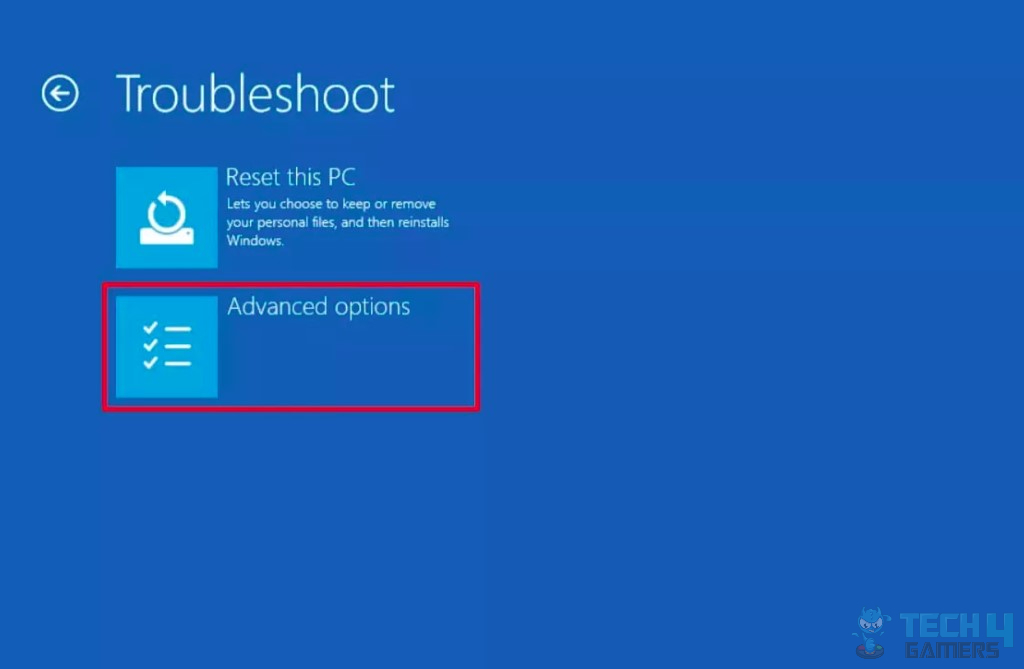
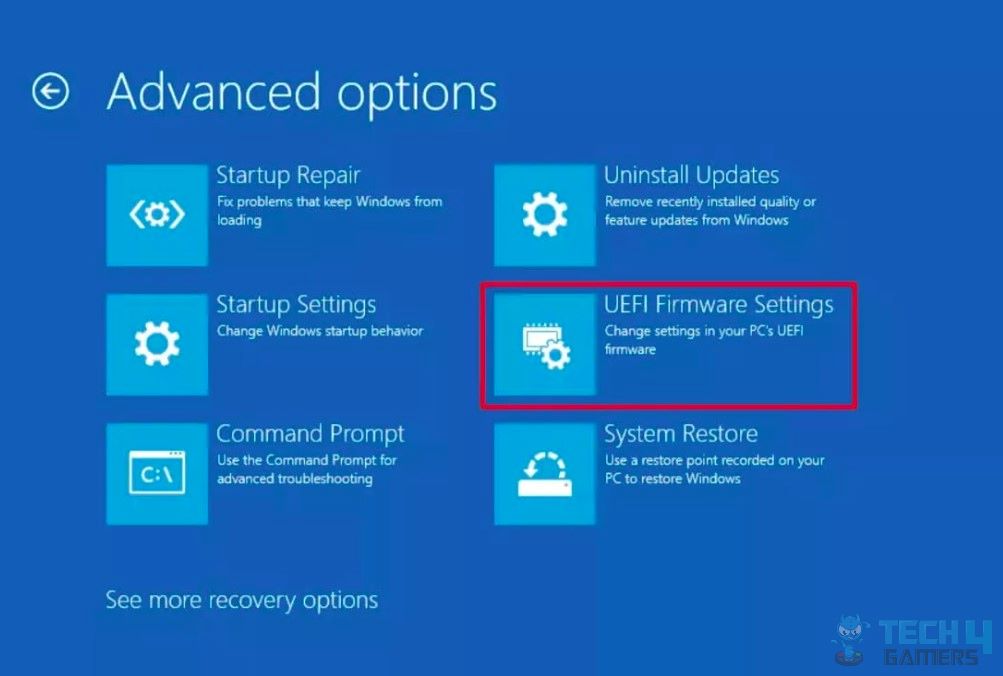
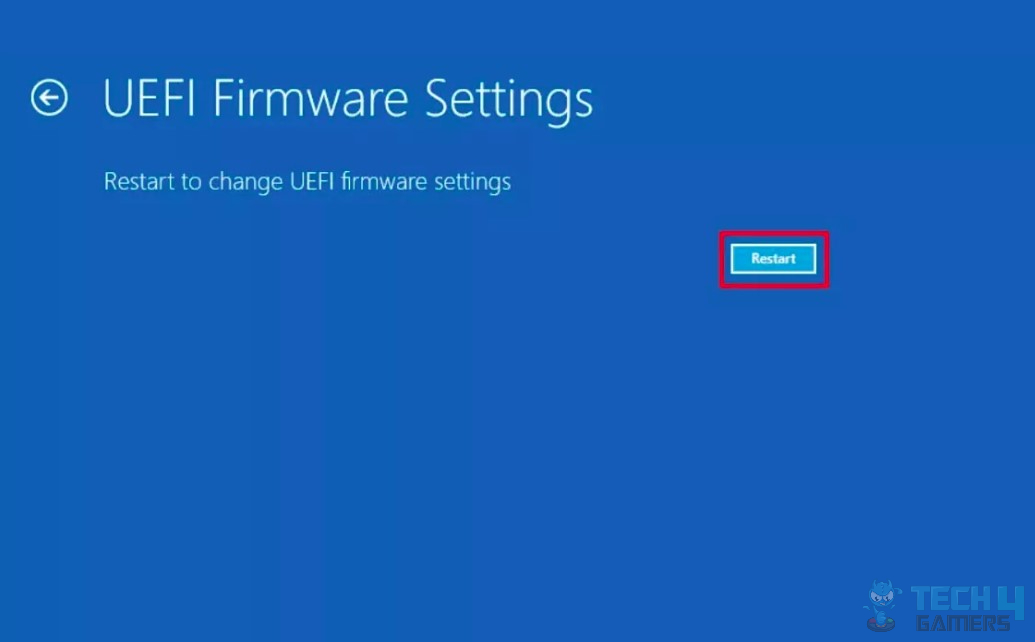
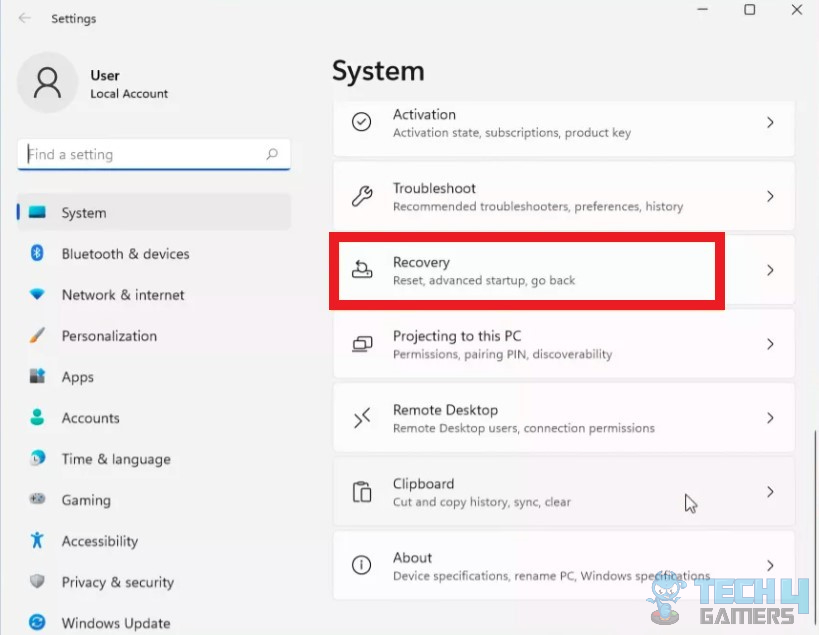
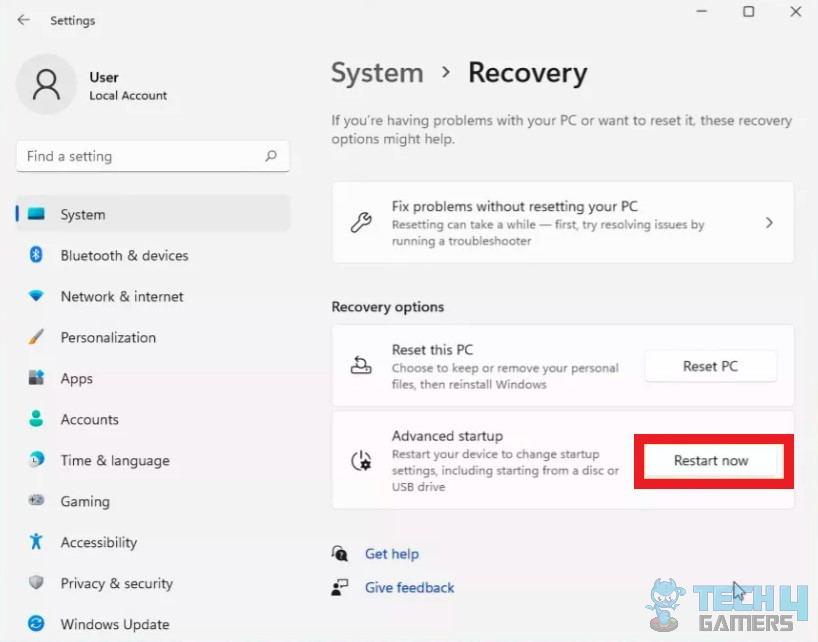
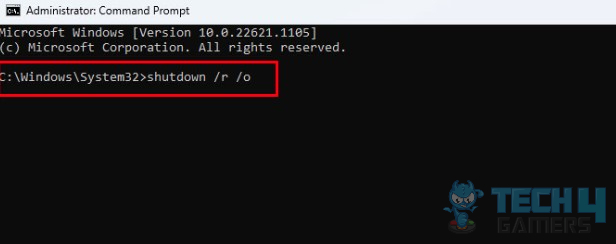
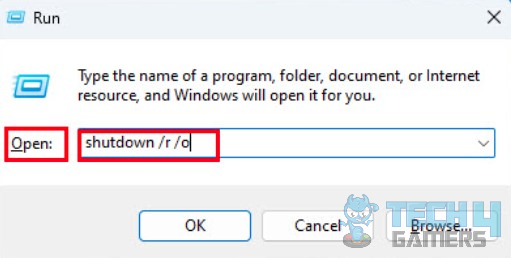
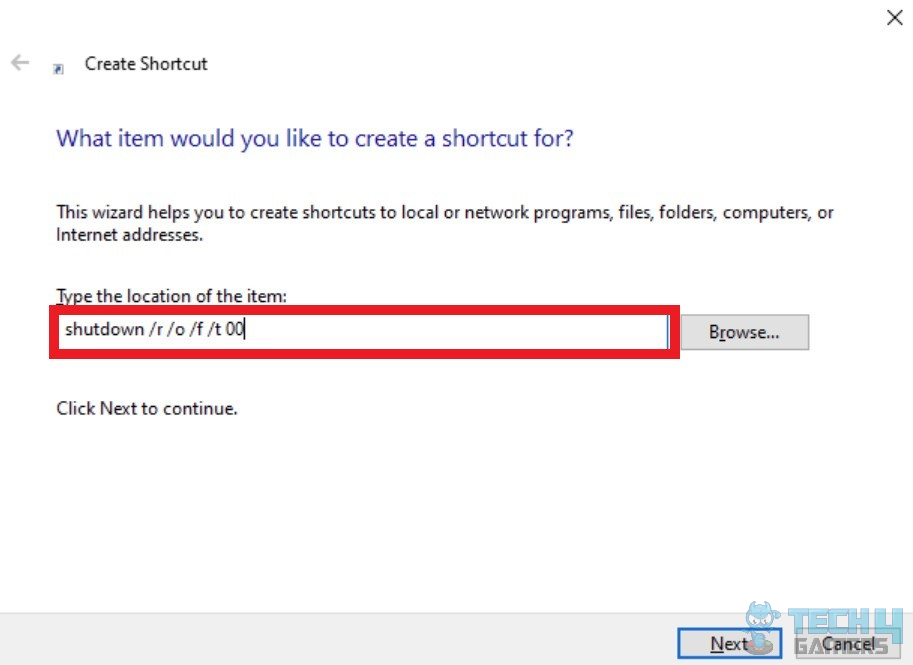

![How To Reset Xbox One Controller? [Step By Step] How to reset Xbox One controller](https://tech4gamers.com/wp-content/uploads/2023/08/How-to-reset-Xbox-One-controller-218x150.jpg)

![How To Fix Nvidia Control Panel Crashing [2023]](https://tech4gamers.com/wp-content/uploads/2023/01/Nvidia-Control-Panel-Crashing-218x150.jpg)
![How To Fix RGB Fusion Not Working [2023] Featured Image - How To Fix RGB Fusion Not Working](https://tech4gamers.com/wp-content/uploads/2023/03/Featured-Image-How-To-Fix-RGB-Fusion-Not-Working-218x150.jpg)

